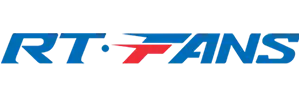The manufacturing workshops are under pressure to develop sustainable production as the world is insisting on environmentally friendly operations. The consumption of energy is high, the carbon emissions are high, and the cooling system fails to address the needs of the environment as well as the profitability of the industry. One more important resource that could aid workshops in achieving the sustainability goals is the utilization of industrial ceiling fans, especially High-Volume Low-Speed (HVLS) ceiling fans, because they consume less energy, aid in the decrease in carbon emissions, and contribute to the green building certification.
These fans will be able to offer a cost-efficient path to the sustainability of workshop cooling, greener industrial fans, and greener manufacturing ventilation by reducing the loads of the HVAC (20-30 percent), improving the quality of the air, and addressing the demands of such standards as LEED, ISO 14001, and BREEAM. We can get into details of the concept of sustainability and how ceiling fans will help resolve the dilemma, how the concept of certification meets the requirement, real-life cases, and other advantages and supplementary lessons that workshop managers, sustainability officers, and manufacturing executives can learn.
Sustainability Challenges in Workshops
The intensity of manufacturing workshops and their effects on the environment present a major challenge to attaining sustainability.
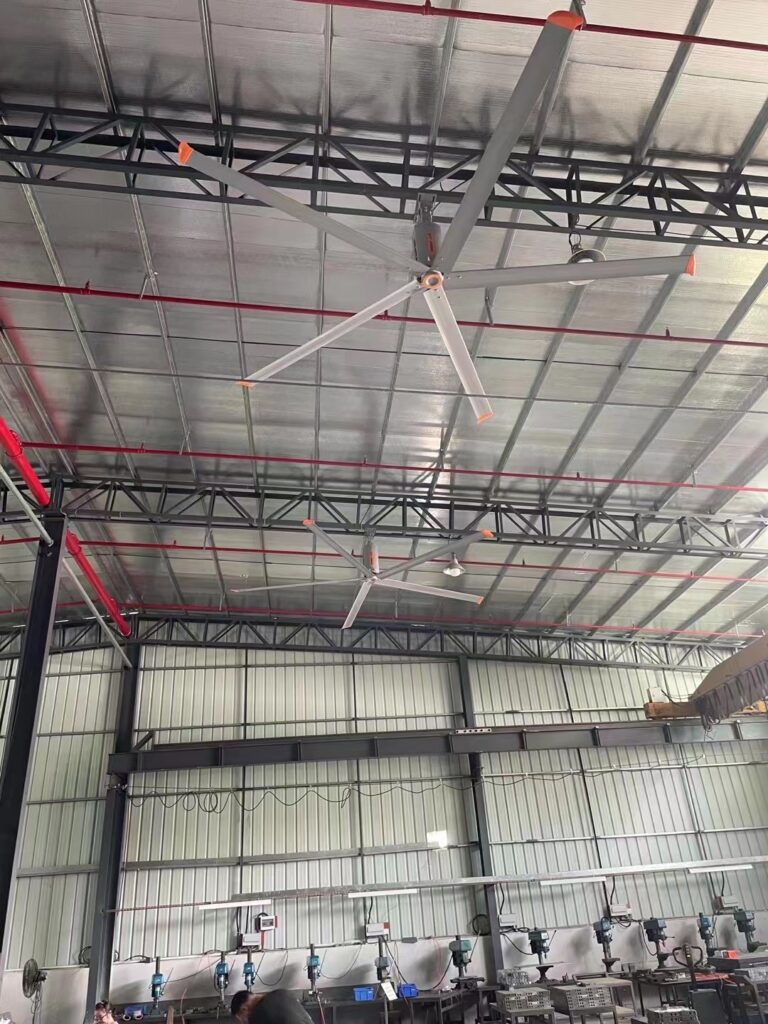
High Energy Consumption from HVAC and Machinery
HVAC systems and machinery are essential to workshops, which can consume 30-50% of energy use, and are found in 10,000-100,000 square foot workshops with ceilings in the 20-50 feet range. According to industry data, the average manufacturing facility uses 95.1 kWh/ft.2/yr., HVAC is a key factor. This is worsened by inefficient cooling models, with systems unable to handle large quantities, thereby wasting energy and high utility charges.
Pressure to Reduce Carbon Footprint
Governments, customers, and investors are all demanding reduced emissions, with international sustainability frameworks such as the Paris Agreement aiming at net-zero emissions by 2050. The workshops are under scrutiny in order to lower their carbon footprint, which may be 10-20 tonnes of CO2/ 10,000 square feet per year. Poor ventilation systems will impede the implementation of these objectives, which can lead to fines and loss of reputation.
Costs of Inefficient Cooling Systems
Conventional HVACs are also expensive to maintain and run, and the servicing cost of mid-sized workshops is around $5,000-20,000 annually. This causes uneven temperatures due to inefficient cooling, requiring overworking of systems at a higher cost. This lowers funds allocated to invention or human development, and thus, green manufacturing ventilation is highly required.
How Ceiling Fans Support Green Goals
Existing ceiling fans, 8-24 feet in diameter, pass a range of 400,000 cubic feet per minute at low speeds (50-100 RPM), providing high-power cooling solutions to factories that are eco-friendly.
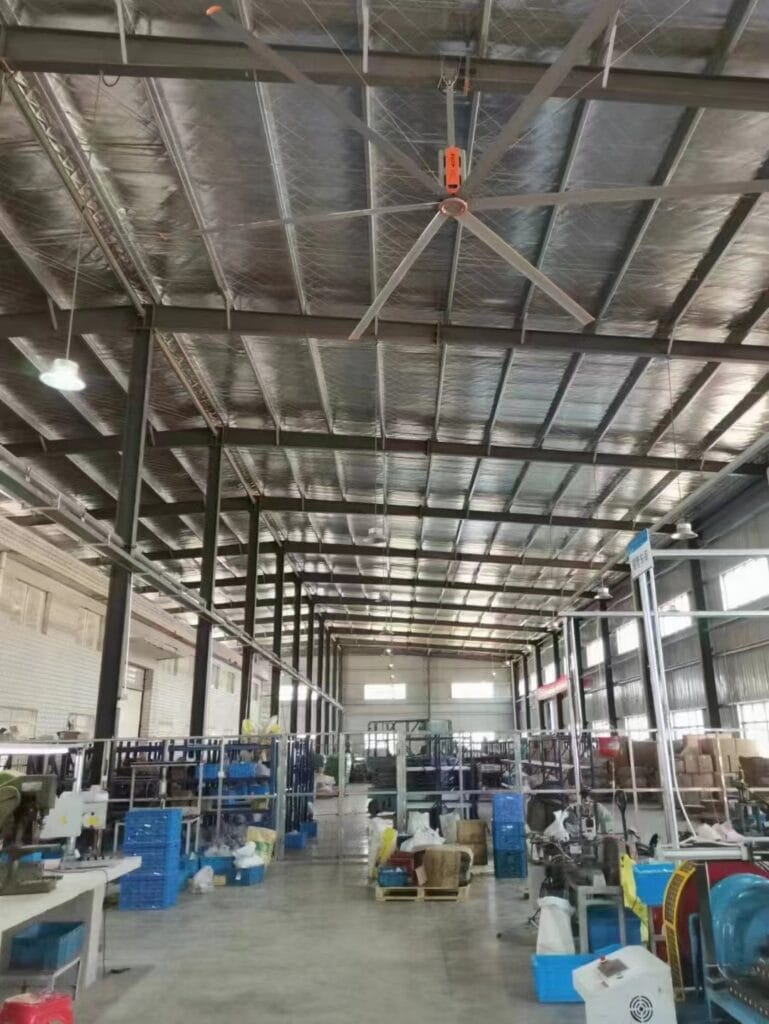
Reduce HVAC Load and Energy Demand
HVLS fans mix warm ceiling air with cooler floor air, which destratifies the air and saves 20-30 minutes of HVAC run-time. Their wind-chill effect enables thermostats to be set 3-5 degrees higher in summer, which saves 4 percent of energy per degree. During winter, warm air is recycled by fans, which reduces expenses on heating. A 20,000-square-foot workshop will potentially save 5000-15,000/year, as per ASHRAE Standard 90.1, towards energy efficiency.
Improve Natural Ventilation Strategies
The HVLS fans facilitate natural ventilation by increasing air circulation in open or semi-open workshops to minimize the use of mechanical cooling. This is consistent with the LEED Sustainable Sites credits and BREEM Pollution category, which reward low-carbon plans. The low power consumption of fans (below 1.5 kW) reduces the effect on the environment compared to the 50-200 kW of HVAC of the same size.
Long Product Lifespan Reduces Replacement Waste
Constructed of hardy materials such as anodized aluminum and IP55 motors, HVLS fans have a service life of 15-20 years with minimal service (annual cleaning, $200-500/year). This saves on energy than HVAC systems, which demand periodic replacement of parts and are estimated to last 10-15 years, hence maximizing the concept of a circular economy.
Alignment with Green Certifications
HVLS fans also support green building certifications and assist workshops to attain sustainability criteria.
LEED: Energy Optimization and Indoor Air Quality
LEED gives a maximum of 33 points in the Energy and Atmosphere category, and credits such as Minimum Energy Performance must show a 5 percent improvement over baseline. HVLS fans can do this by reducing energy consumption and earn 3-5 points. Improved air circulation (up to 16 points) supports Indoor Environmental Quality Credits and decreases CO2 and pollutants (15-20 percent) according to ASHRAE 62.1 standards.
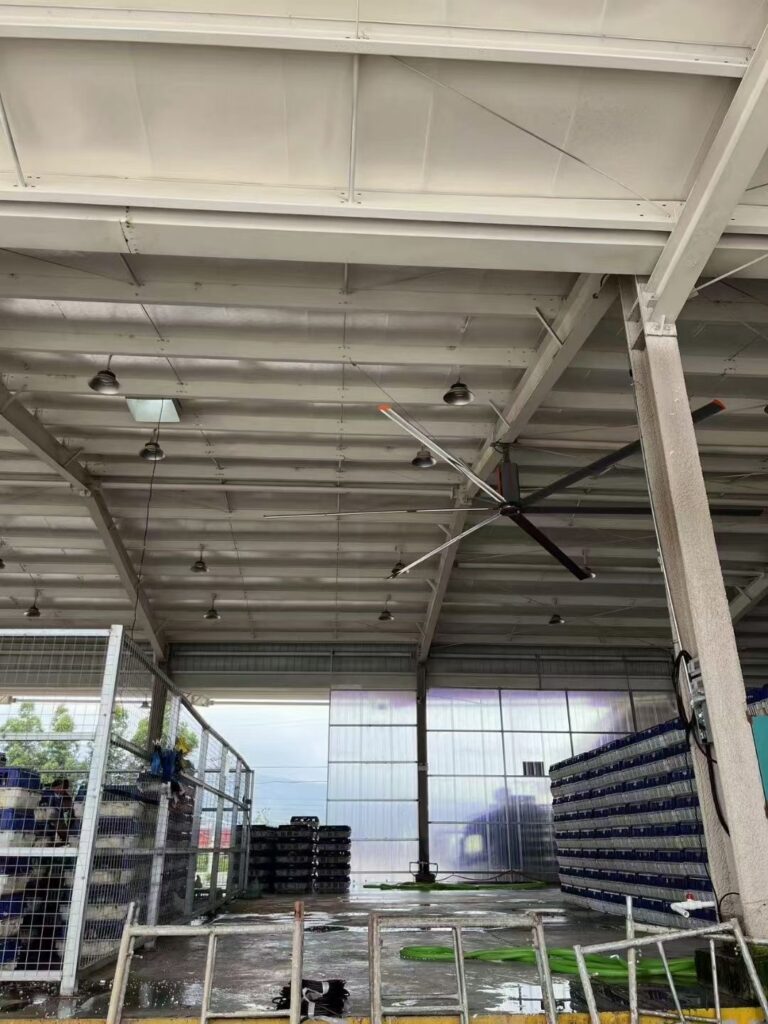
ISO 14001: Sustainability Practices
The ISO 14001 focuses on environmental management, which also involves energy reduction. HVLS fans can assist in this by decreasing emissions through decreased HVAC operation, allowing workshops to pass audits. Fans helped one of the manufacturing facilities reduce its carbon footprint by 15 tons per year.
BREEAM: Efficient Ventilation Credits
The BREEAM Energy (15%) and Health and Wellbeing categories are those that recognize good ventilation. HVLS fans also earn low-carbon cooling points by reducing refrigerant consumption and increasing thermal comfort. Their silent performance (up to 35 dB) contributes to the comfort of the occupants.
Case Scenario: A Workshop’s Green Transformation
A mid-sized 30,000-foot metal fabrication factory was to fulfill corporate ESG (Environmental, Social, Governance) objectives. The expense of HVAC (high, $20,000/year), and the lack of even temperatures, delayed the process. The installation of four 18-foot HVLS fans saved $5,000 a year of HVAC operation and 10 tons of CO2. Better air quality reduced worker complaints by a fifth, and the facility was awarded LEED Silver certification, which improved its market standing. This highlights the role ceiling fan plays in supporting sustainable workshops and green manufacturing goals with HVLS fans.
Benefits Beyond Energy Savings
The HVLS fans provide more benefits that increase operations and sustainability.
Improved Worker Comfort and Productivity
According to OSHA research, the 5-7°F wind-chill effect on fans lowers heat stress and, therefore, increases productivity by 15 to 20 percent. A woodworking shop noted a 10-percent reduction in errors with the addition of fans, increasing output, and morale.
Better Public Image and Brand Reputation
Implementing energy conservation ceiling fans in workplaces means environmental awareness, which appeals to environmentally friendly customers. One example of highlighting green building workshop solutions is a manufacturing company that increased its number of contracts by 10 percent by marketing its LEED-certified workshop.
FAQ: Common Questions About Ceiling Fans in Workshops
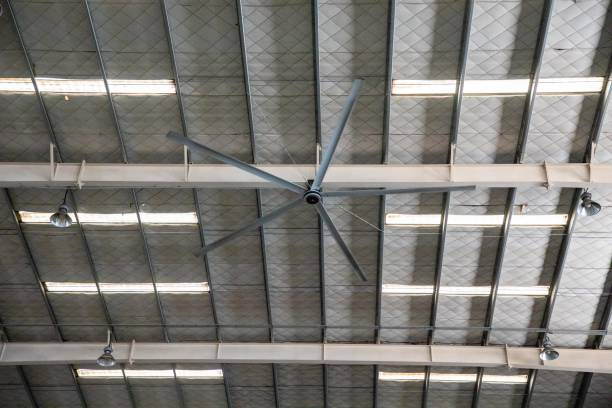
- Do ceiling fans qualify for green building credits?
Indeed, HVLS fans can contribute to LEED Energy and Indoor Air Quality credits and BREEAM ventilation points by mitigating energy consumption and enhancing air circulation. - How much energy can HVLS fans save compared to HVAC?
Industry projections estimate HVLS fans can save HVAC energy by 20-30 percent, up to $5,000 to $15,000 a year in mid-sized workshops. - Can ceiling fans be integrated with renewable energy systems like solar?
There is no doubt that with low power consumption (less than 1.5 kW) HVLS fans are ideally suited to solar integration, improving low-carbon ventilation production. - How do fans improve workshop sustainability?
Fans can fit into the future of factory-wide cooling with green technology by cutting emissions, decreasing waste, and obtaining certifications.
Conclusion
High energy consumption and carbon emission pose sustainability challenges to the workshops, and sustainable workshop cooling using HVLS fans is a formidable solution. These greener industrial fans achieve green manufacturing ventilation by reducing the cost of HVAC, promoting green certifications, and increasing the comfort of workers. Industrial ceiling fans are an affordable and environmentally friendly alternative that workshops should embrace in their quest to go green. RTFANS is a 20-plus-year-old company that offers customized HVLS solutions. Get in touch to make your workshop a sustainability leader today–you and your business have the right to it, and the world needs it.
